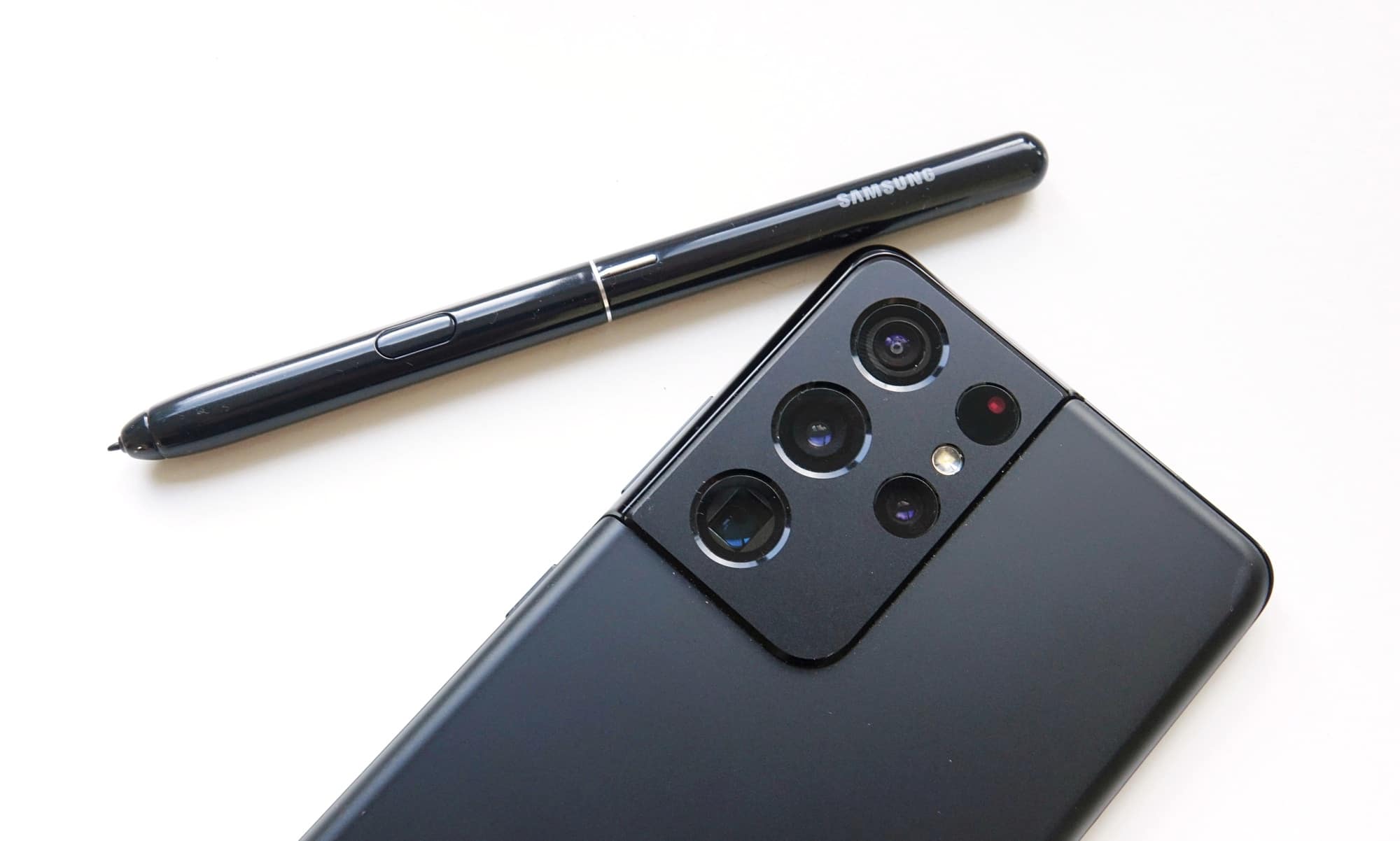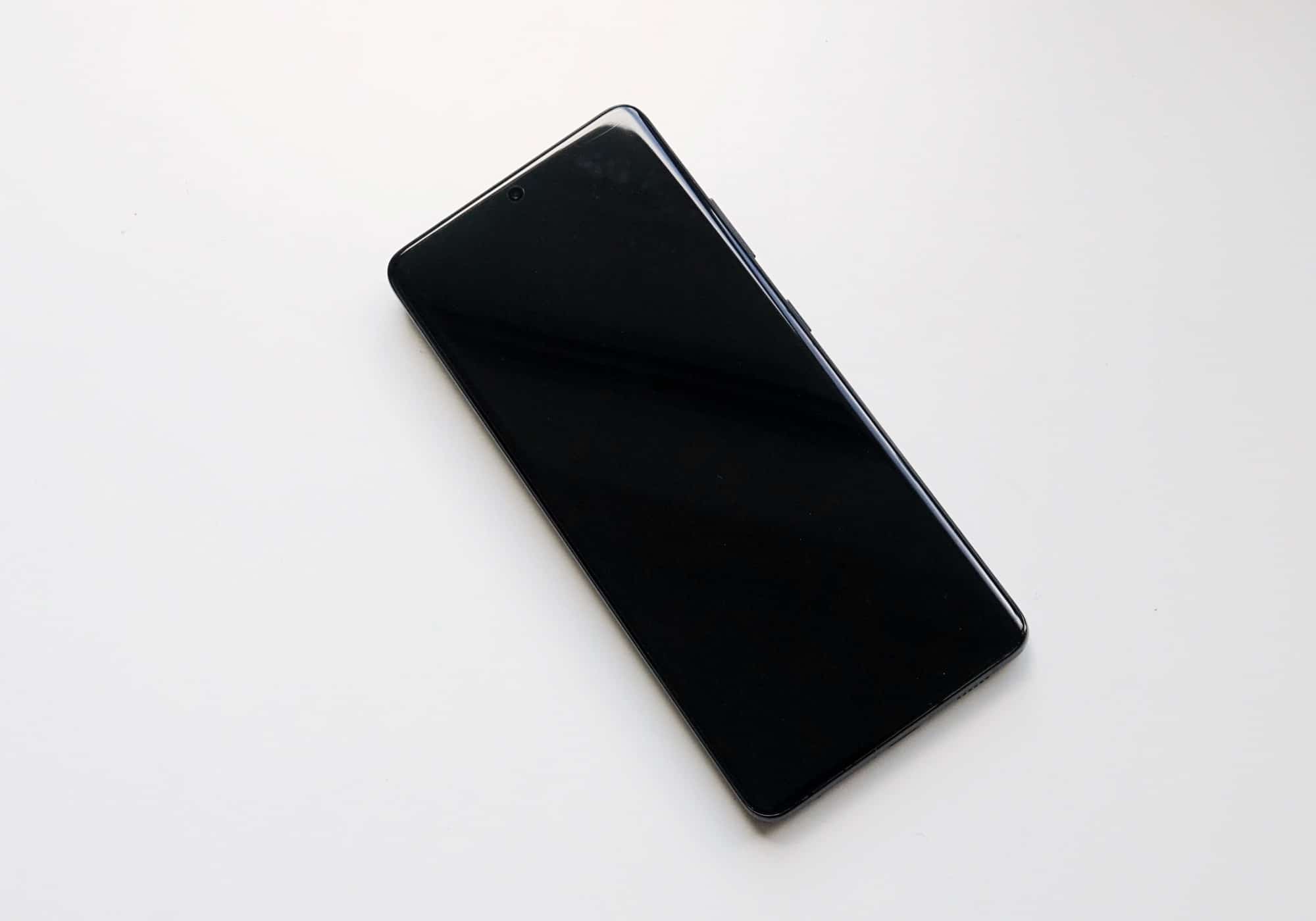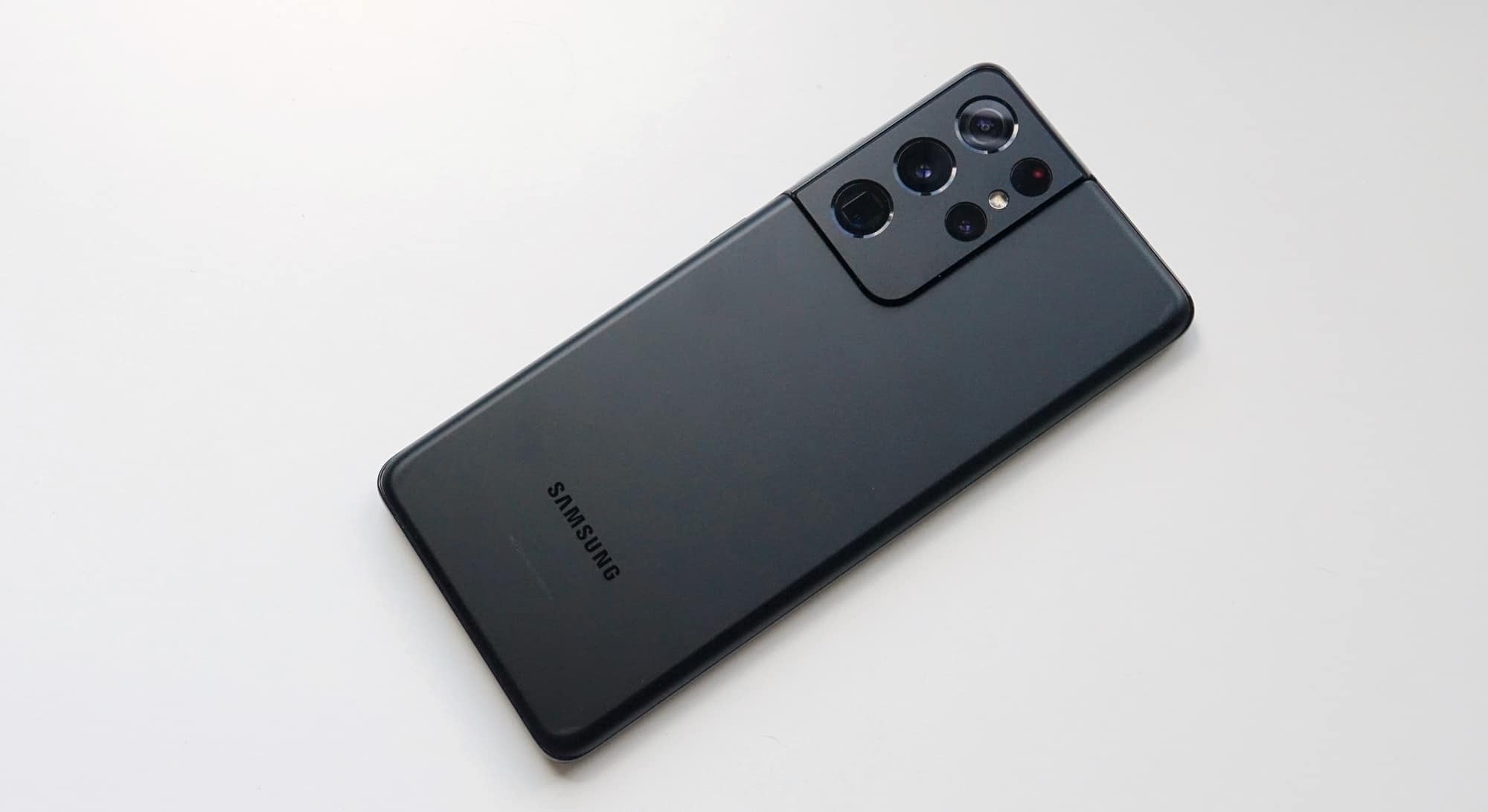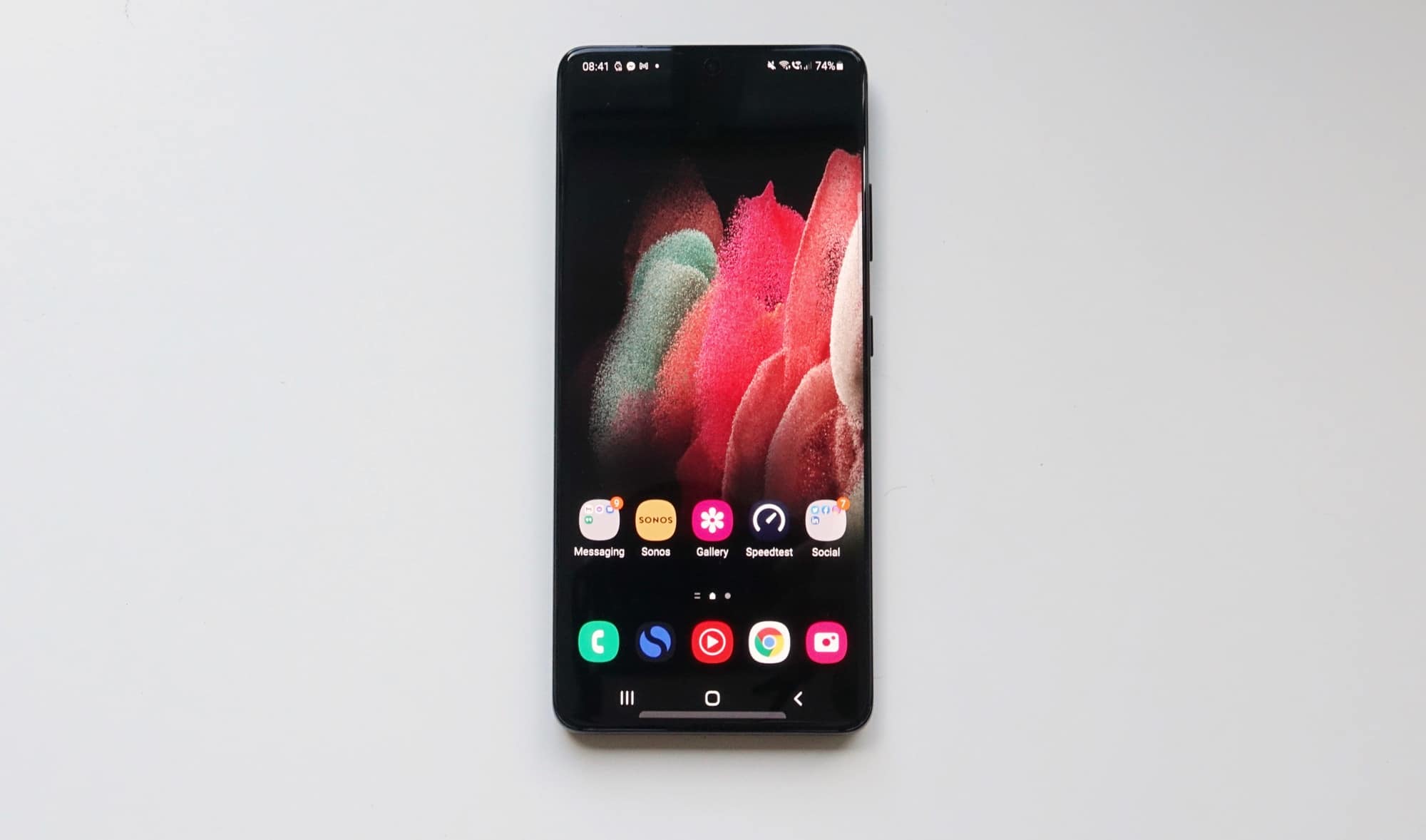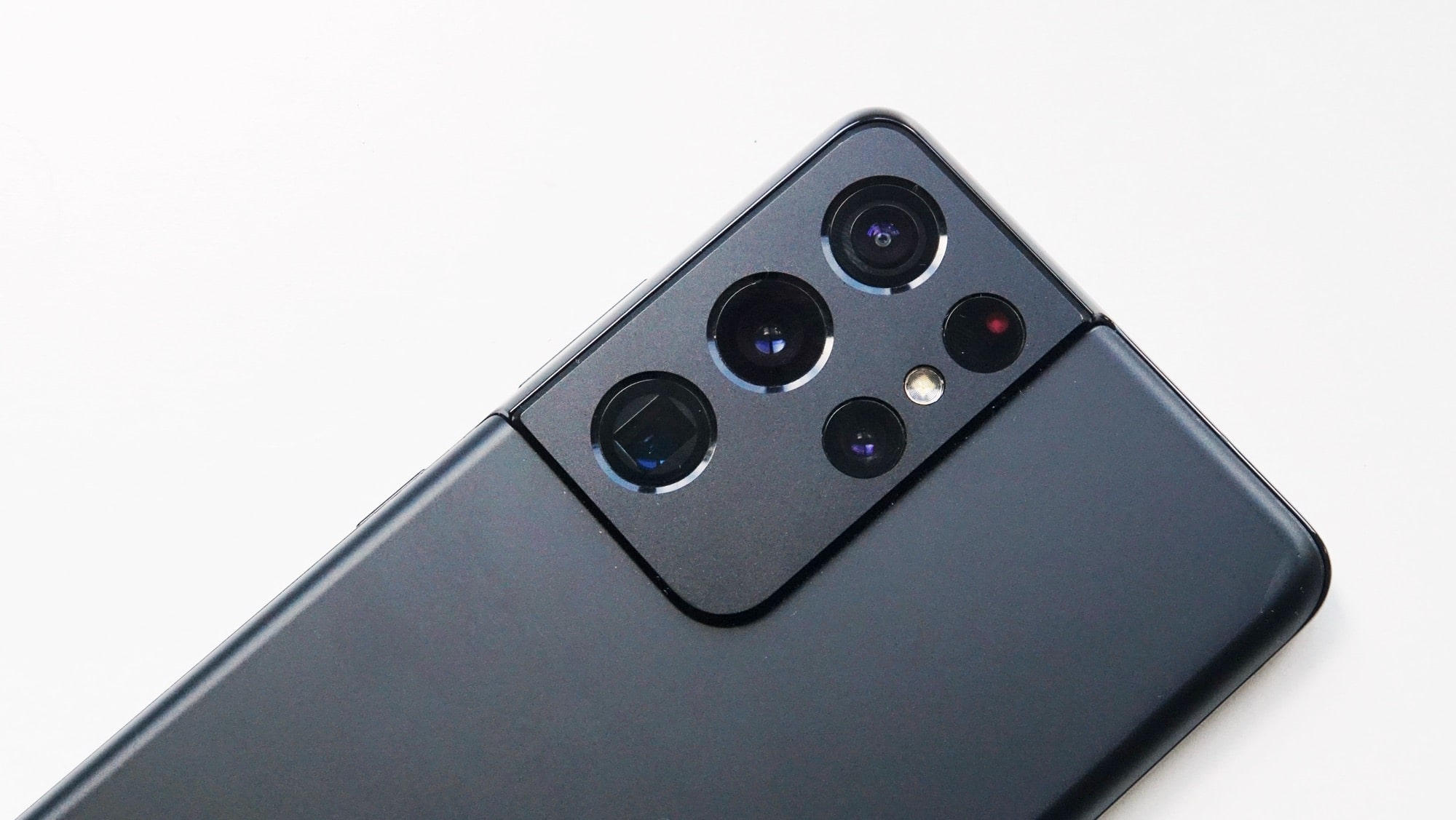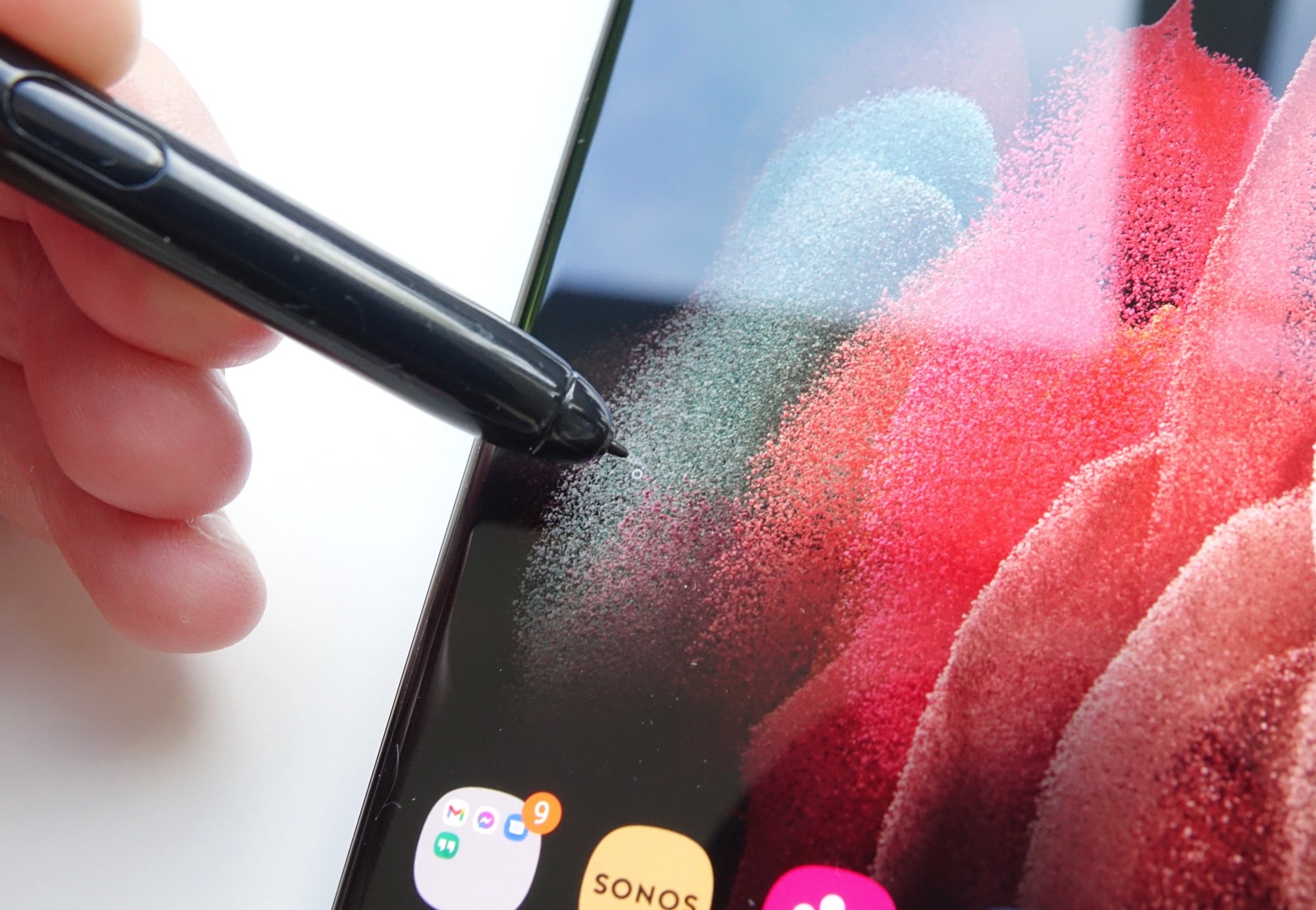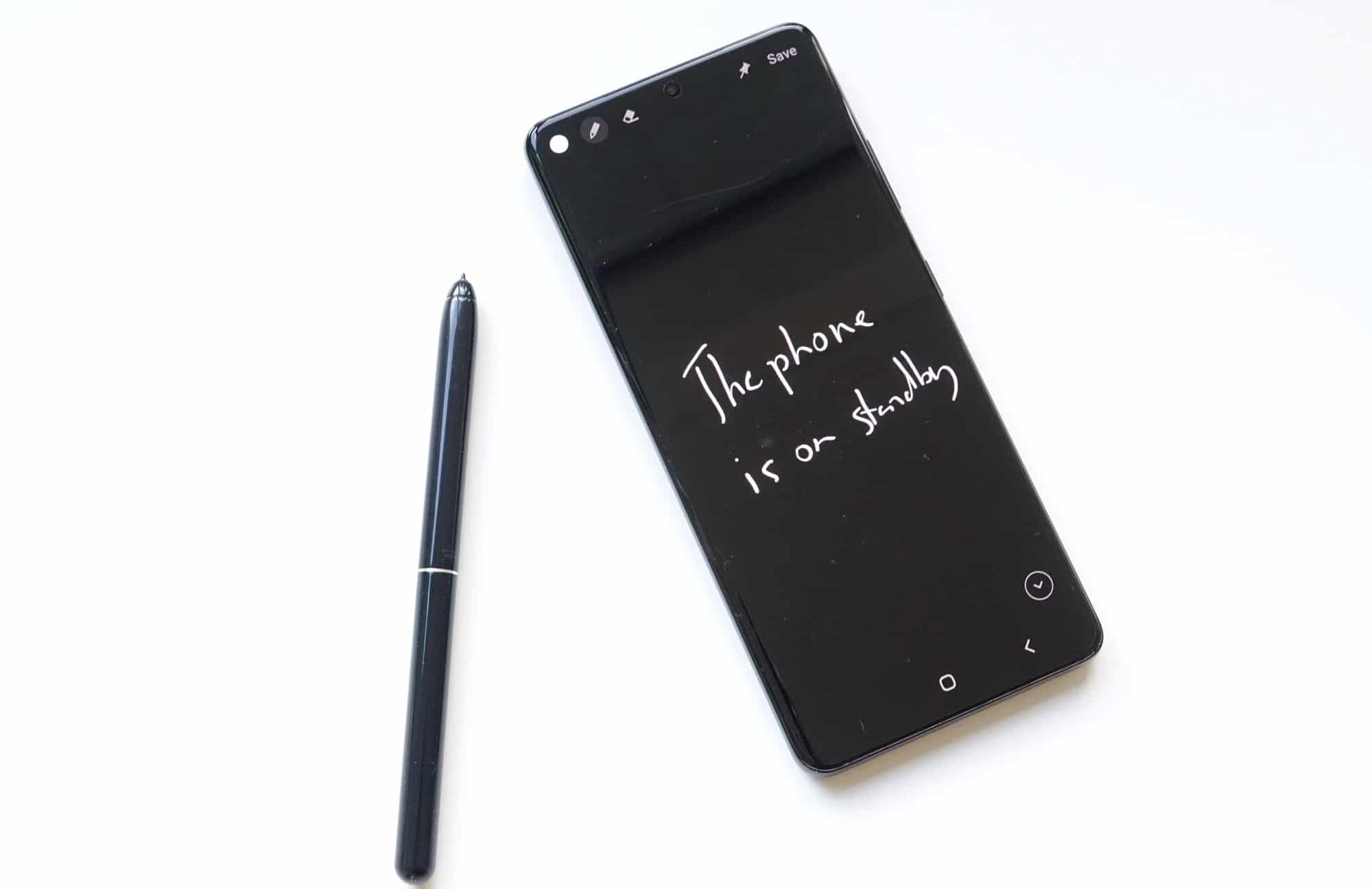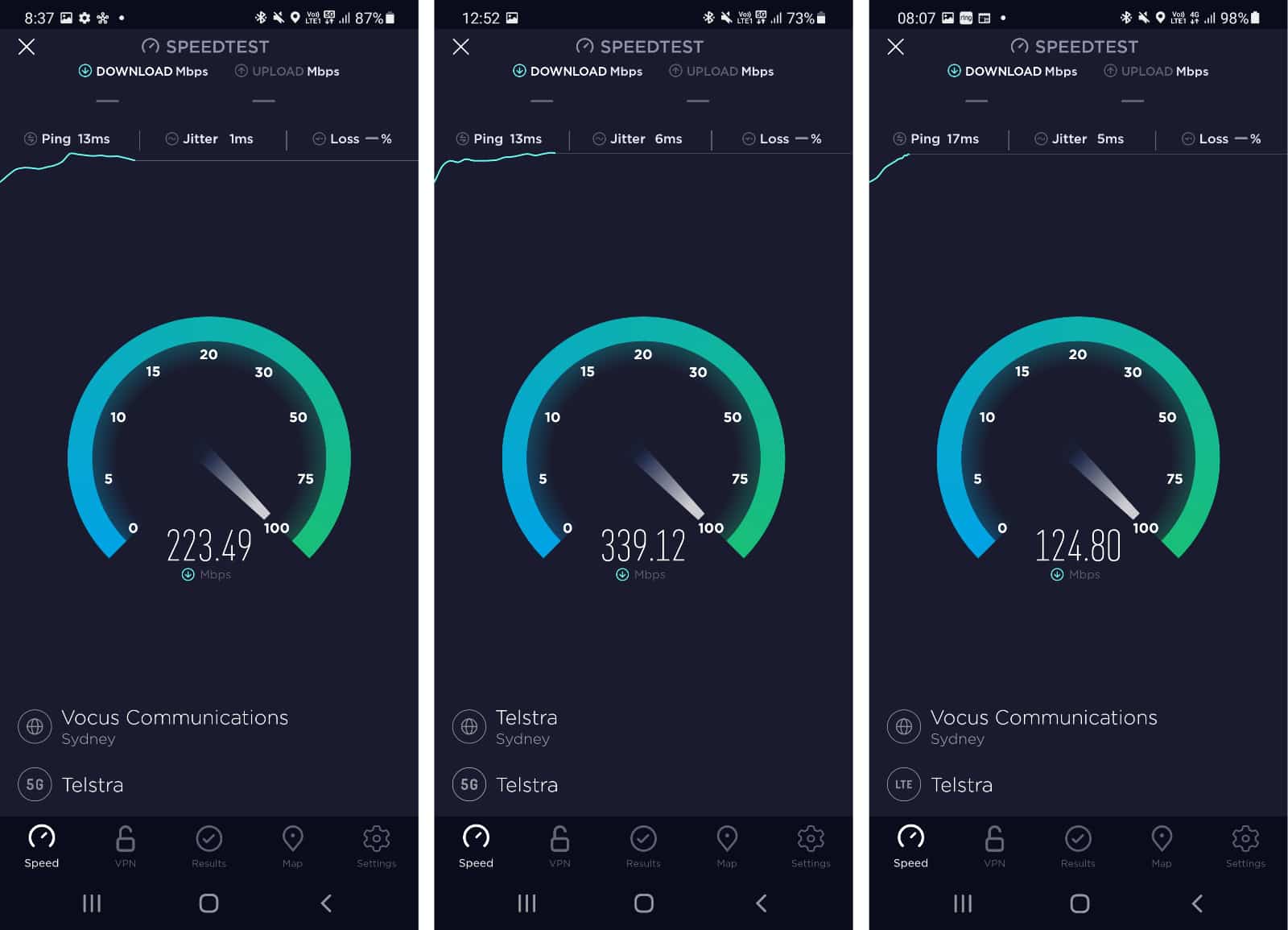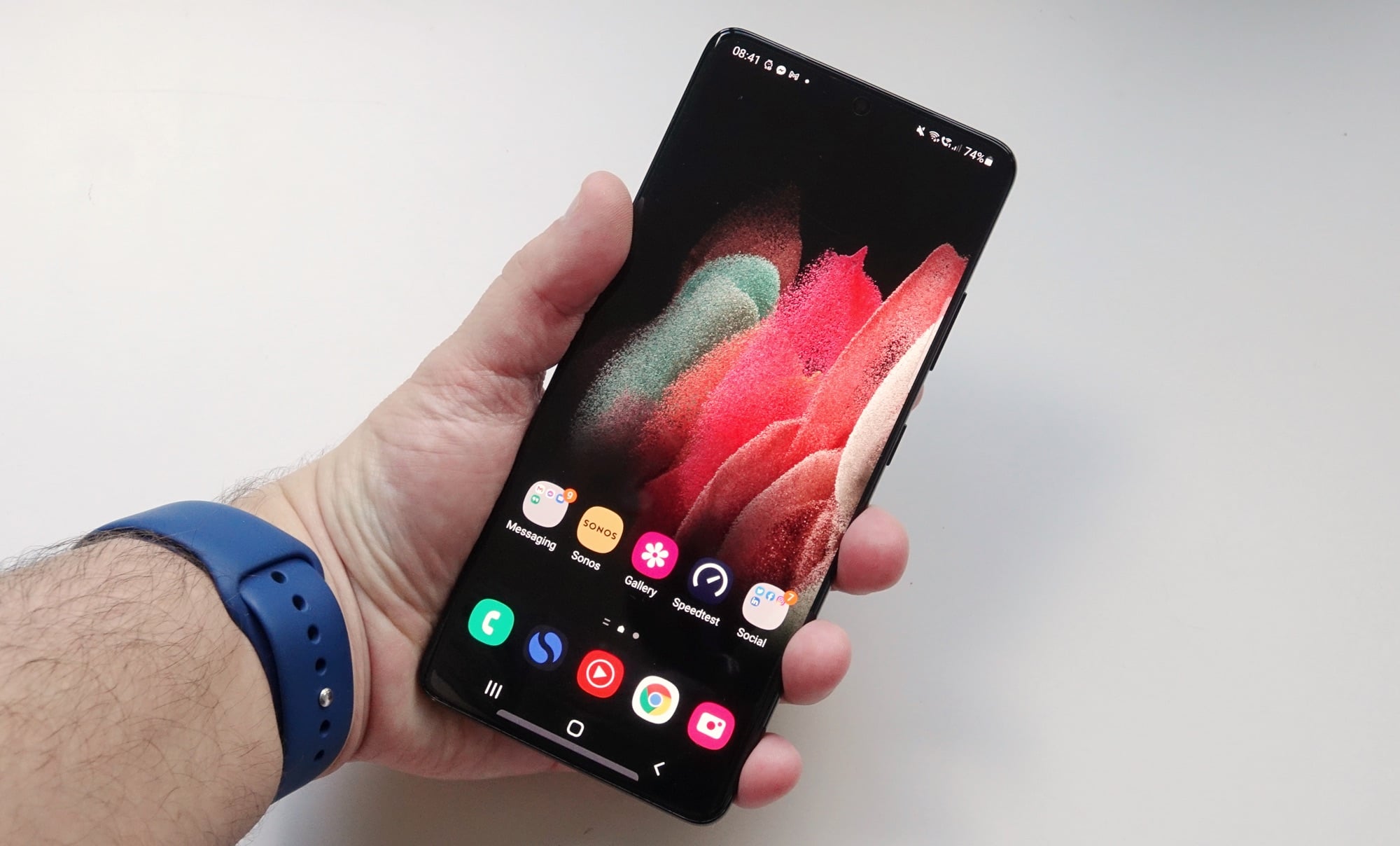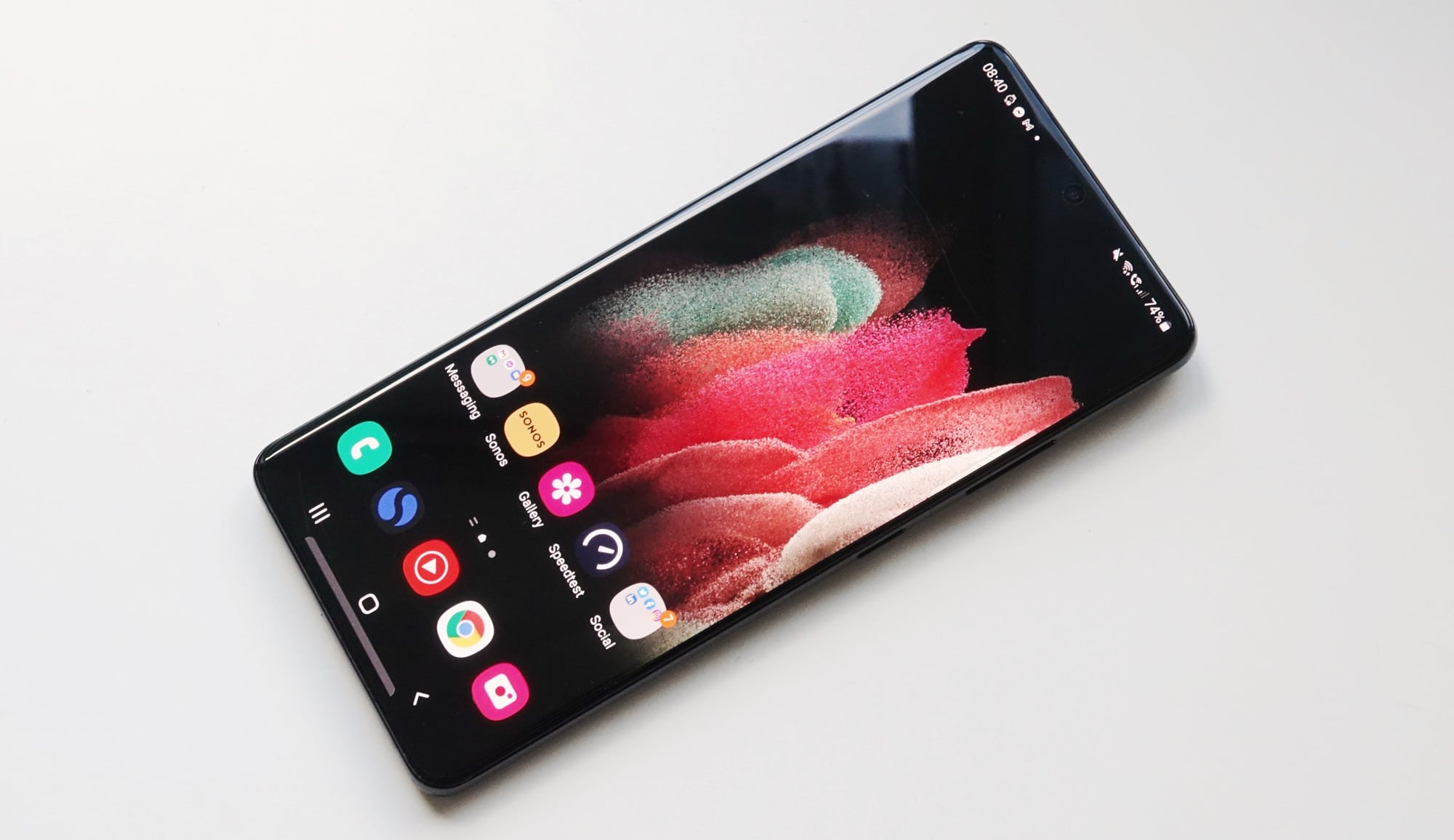Quick review
The good
The not-so-good
The most flagship of the Galaxy models in 2021, the Samsung Galaxy S21 Ultra is clearly Samsung’s best of the year. Is it a leap ahead of everything else?
Big phones are all the rage, and if you’re Samsung, you’re all about making a big phone that makes an impact. You don’t have to look too far to see just how much the company believes that: this year, in 2021, everything is big.
Even the smallest entry in the Samsung Galaxy S21 series — named for the year it was released — is quite big.
At 6.2 inches, the Galaxy S21 is by no means small, though it’s Samsung’s smallest flagship for 2021. On the other end of the scale, the Samsung Galaxy S21 Ultra aims to occupy the spot for lovers of big phones, for phone owners who know and agree that big phones are all the rage, and yearn to keep their interest there, too.
But the Galaxy S21 Ultra 5G isn’t just a bigger Galaxy, but a better model altogether. Arriving with more cameras boasting more megapixels, higher grade materials, more storage, a better screen, and a bonus feature you might not see coming, the Samsung Galaxy S21 Ultra aims to not only be the best Galaxy of the year, but also one of the best phones. Does it succeed, or is it too close to call?
Design
A little like an oversized Galaxy S21, the S21 Ultra 5G is basically the big boy in the list, and the model Samsung clearly fed the most protein to.
It features a massive 6.8 inch screen that covers the front almost entirely, while the back uses glass, too, albeit a frosted piece of glass that helps make the phone feel sturdy and solid. Samsung still features the cutaway block of the camera in the top left on the back, the same approach Samsung uses throughout the rest of the S21 range, but there’s a bit of a difference here, with four cameras, not three.
The design is a bit of an evolution of Samsung’s previous phones, but it’s one that stands out nicely, and isn’t really like other phones outside of Samsung. It’s simple with a two-tone style that works even in monochrome.
On the standard S21, our purple (“Phantom Violet”) Galaxy S21 was purple with a gold camera cutaway, but here on the black (“Phantom Black”) S21 Ultra review model, it’s a matte black on the glass and a shiny black on the camera section. And it works, being very easy on the eyes, and yet also a little different. We like this a whole lot more than what Samsung tried on the camera block in last year’s S20 Ultra.
It is a little on the heavy side, however, offering a weight of 227 grams and a thickness of 8.9mm, adding an extra millimetre on the 7.9mm Galaxy S21 5G, which also happens to weigh less at 169 grams, too. Almost a full 60 grams heavier, the Galaxy S21 Ultra is not a small phone by any stretch of the imagination, but it’s a pretty big deal because of the hardware on the inside, too.
Features
Yes, it’s a bigger phone, and being a bigger phone, it comes with a bit of a weight gain. It happens. Don’t weight-shame. However while the weight is noticeably different, not all of the hardware is obviously different between Samsung’s less expensive and smaller sized smartphones.
For instance, in Australia, the Samsung Galaxy S21 Ultra 5G uses the same Samsung Exynos 2100 chip as the other S21 models, but arrives with either 128GB or 256GB storage in a 12GB RAM model, or 512GB storage and 16GB RAM. There’s no expandable storage in this model, so choose wisely.
Google’s Android 11 comes pre-installed on the S21 Ultra out of the box, and most of the wireless features are shared between the models, as well. As such, you can expect to find support for both 4G and 5G here, plus 802.11a/b/g/n/ac/ax WiFi 6, Bluetooth 5, Near-Field Communication (NFC) for Google Pay and Samsung Pay, GPS, and Type C USB, with the latter of these working for charging, data transfer, and wired earphones, though none are included in the box. Like how Apple ditched the charging block and earphones in the iPhone 12 range, Samsung has taken the same route, here.
There’s not much other than a phone and manual in the box, much like the Galaxy S21, though there are some differences.
Take the screen, which sees the 6.8 inch display opt for a higher resolution and clearer screen, supporting a resolution of 3200×1440 on the AMOLED panel, which supports a fast 120Hz refresh rate and a pixel clarity of 515 pixels per inch.
The camera are also different, with the front facing camera opting for a 40 megapixel camera set to F2.2 in the S21 Ultra, over the 10mp F2.2 in the S21 and S21+ models. The rear cameras are also treated differently, too, with a 12 megapixel ultrawide, a 108 megapixel standard wide, a 10 megapixel 3x telephoto camera, and a 10 megapixel 10x telephoto camera.
And the battery this all sits atop is bigger, too, with the 4000mAh of the S21 standard jumping to a massive 5000mAh battery in the Galaxy S21 Ultra 5G.
Like other Samsung models, however, the phone offers wireless charging and is water resistant, though these shouldn’t be used in these capacities at the same time.
In-use
With a little bit more going for this phone than its standard S21 sibling, the S21 Ultra has at least one more way of using the phone than the rest of the range.
Let’s start with the basics: the buttons are all found on the right — power, volume rocker — and while there’s a fingerprint reader in the screen, there’s also a decent facial security system to pick up your face when you’re bringing the phone back from standby. Everything there is about what you’d expect from a high-end Android phone these days, so up until this point, nothing about how you use the Galaxy S21 Ultra is dramatically different.
Unless you have an S-Pen laying around.
If you have one of Samsung’s pens from the Galaxy Note range of phones or tablets, or even if you have one of the optional extras you’ve been able to buy from other brands, you can use that pen and stylus with the Samsung Galaxy S21 Ultra, and only with that model of the S21.
Simply put, Samsung has thrown in support for the screen and Wacom digitiser technology, meaning you can jot nots and scribble things, drawing and sketching and the like. It doesn’t even need to be unlocked to do it.
Using the S-Pen from the Galaxy Tab S6 (which was the only recent S-Pen connected model we had at the time of review), we could press the button on the side and sketch on the black of the standby screen, much like how we could on the Galaxy Note 20 Ultra we reviewed last year, and the Note 10+ we reviewed a year before that, as well as the Note 9 a year before that, and yes, even the Galaxy Note 8 reviewed before that. Samsung’s long-running feature to let you scribble on the screen while on standby is here on the Galaxy S21 Ultra, as well, allowing you to keep sketching before waking it up.
Performance
When you do wake up the S21 Ultra, you’ll be likely delighted by what the phone can offer, with a solid set of specs designed to get the most out of the phone.
Shock horror, this is a high-end phone, and so it comes with some pretty high-end specs, too. The Exynos 2100 it shares with the standard S21 is no slouch, but when paired with 12GB RAM, you get the feeling that this phone is made to go fast, and then some.
Simply put, with 12GB RAM onboard, the phone has more room to move than a lot of the computers we see here for review, which tells you just how high-end the S21 Ultra is. And there’s actually a 16GB RAM version for folks happy to spend a little more.
Back in our 12GB RAM/128GB storage S21 Ultra review model, we found the phone didn’t let up at all, with pretty much zero lag in most applications bar one — the camera, more on that shortly. It’s a fast system, there’s no doubt about it.
That extends to the 5G technology, which as expected is quite fast. In our time for the Galaxy S21 Ultra review, we found speeds as fast as 350Mbps in our tests, with some of the better 5G reception we’d experienced since 5G became a thing.
You’d hope the 5G was good given the inclusion of “5G” in the name and the fact that this is a flagship phone, but there’s more under the hood than just 5G and performance.
Camera
There are four cameras here, with a 12 megapixel ultra-wide camera set to F2.2 at the very top of the block, sitting atop the massive 108 megapixel standard wide camera set to F1.8 and downsampling to 12 megapixels typically, with a 10 megapixel 3x optical set to F2.4 below the 108mp camera and a 10 megapixel 10x set to F4.9 at the right.
This combination of cameras essentially offers a range of ultra-wide to ultra-close, with the technology from the sensors kind of merging the difference between 1x and 3x, and then from 3x and 10x. At the individual settings, you can expect from clarity because they’re designed to work at those focal lengths, but in between them, you might see some softening or pixelation, because the phone is doing a little bit of work to blend the difference.
Will it blend? Yes, but Samsung’s Galaxy S21 Ultra isn’t perfect at delivering a solid result overall.
For the most part, images from the S21 Ultra shine, even if the speed from capturing doesn’t always.
You’ll find that regardless of what you capture in the day, the S21 Ultra delivers bright images with good colour reproduction resulting, with images you’ll want to share. The clarity isn’t always perfect,
Like you can find on the other S21 models, the camera allows you to customise its interface, dragging Samsung’s other modes into the scrollable camera interface, and allowing you to jump between modes such as night or video or pro or portrait with ease. Even Single Take is still here, and unlike last year, it kind of actually works, capturing a video and delivering image results 99 percent of the time, which is more than we can say for what we experienced last year in our Galaxy S20 Ultra review.
The main point that makes the S21 Ultra camera stand out is just how close you can get, with the 10x optical technically there from a 10 degree field of view in the 10 megapixel telephoto camera. Granted, it has a pretty dismal F4.9 aperture, meaning you shouldn’t expect this 10 megapixel shooter to handle itself well in low light — it doesn’t — but it does get you close, and does something you can’t really find on any other phone in 2021. Not that we’ve seen anyway.
And yet in low light, the S21 Ultra struggles to impress. While both the Apple iPhone 12 Pro Max and Google Pixel 5 seem to deliver an almost black magic approach to shining a light in scenes where very little exists, and therefore deliver some of the best phone cameras of 2020, the S21 Ultra kind of performs like its S20 Ultra sibling: not remarkably well.
To Samsung’s credit, you get two modes to work with, and typically the camera defaults to the one that will deliver you half-decent results, the longer time exposure for night shots.
When this is engaged, much like it does on other cameras, the S21 Ultra kicks in an image stacking mode, and lights up a scene provided there’s little to no movement. It’s almost always engaged, too, with the night mode kicking in automatically on the main 108 megapixel camera by default, but not on the others.
Night mode does the job fine, though it’s hardly sharp, or even as sharp as what competitors deliver. But flick the night mode off, and you’ll see the Samsung S21 Ultra struggle to make an imprint, often delivering darkened everything with little to no detail anywhere. It’s quite a remarkable difference between what the S21 Ultra sees when night mode’s stacking is in play versus when it’s not, but frankly, we’ve seen better sensors with lower megapixels, so the tech here isn’t helping Samsung see in the dark, only merge it for a more complete, albeit soft, image.

But while it’s not the best camera, it’s still a pretty bloody good camera all the same, and offers some high-end features we’re not sure every phone brand can compete with.
There’s support for that “Director’s View” which fires both the front and the back camera for videos, and let’s you jump between various cameras for more hands-on control, plus a video-mode for the portrait mode, while the standard stills portrait mode has improved greatly from the S20 range, too. In the Galaxy S21 Ultra, portrait images are a treat, and while the depth of field isn’t perfect, the phone can deliver some excellent images.
Oh, and there’s support for 8K video capture, too, a feature that won’t matter for many, but if you’ve been thinking that 2021 is the year you get yourself an 8K TV, once you stare down just how little 8K content there is, you might just thank your lucky stars Samsung built an 8K filmmaking machine into its flagship phone.
Battery
While the camera can feel like a win, and certainly delivering a much more improved set of cameras than the S21 did, the battery is still a mixed bag. Truth be told, the S21 Ultra does perform better in battery life than the S21 standard, but you do need to give it a few days to adapt, which is where the phone gets a little tricky.
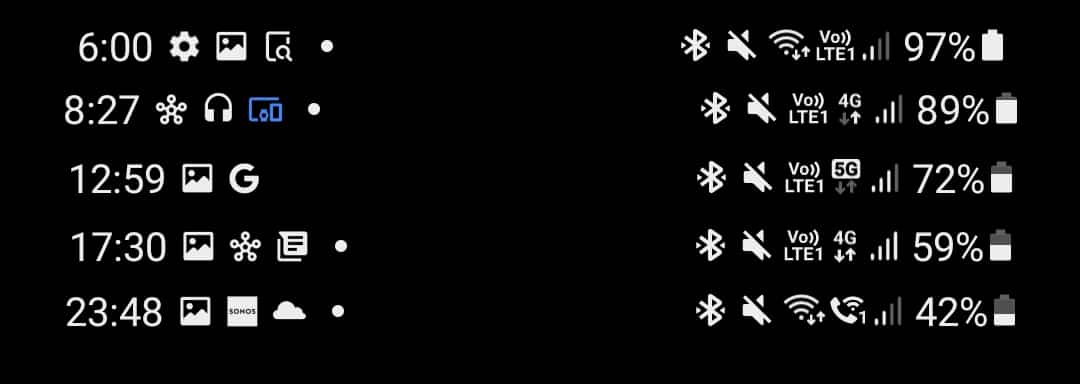
Out of the box, you may find the first day or two of battery life on the S21 Ultra is underwhelming, netting a day of life, but not much more, and sometimes barely that. It will depend on what you do, and if you manage to get more than four to five screen hours time on the S21 Ultra, expect the battery to ask for a charge sooner rather than later.
For the most part, we found our time with the S21 Ultra would deliver a full day of life with no problems, and in one of our tests after a week with the phone, it managed to hit a day and a half.
That’s not a terrible result, though with how much the handset varies — and with it needing to take a few days to get to know your habits — isn’t quite the win we had hoped a phone that costs this much to offer.

Value
The problem with the S21 Ultra’s price is that it is pretty severe, with a starting price of $1849 in Australia. That near $1900 cost ($50 below even) will get you the 12GB RAM/128GB model, while the 256GB gets $1949 and a 16GB RAM 512GB model costs over two thousand at $2149.
While those prices are high, this is Samsung’s best Galaxy for the year (so far, anyway), so while we’re not sure the value can be argued, flagships typically cost this much, so at least it’s not dramatically out of kilter.
What needs work?
But there are things that need work for the value to make sense, and improvements to the camera is pretty much where we’d mostly focus this.
Let’s get this out of the way first: the Samsung Galaxy S21 Ultra doesn’t feature a bad camera by any stretch of the imagination, but it’s just not the best in class.
The technology on offer feels like a slight improvement on what Samsung offered in the S20 Ultra, but not a major leap forward. But ignoring that, our problem with the S21 Ultra camera is that about half a year on from when the iPhone 12 Pro Max came out, the S21 Ultra camera doesn’t feel like it beats Samsung’s efforts at all.
Between the slightly slow speed of capturing — which like the standard S21, often means you’re waiting for the camera to do its thing for a quarter of a second up to half a second, and feels like a small eternity — and with the camera not quite nailing it in low light, not to mention delivering some softer images than we’d like, this isn’t the iPhone 12 Pro Max killer you might think it is.
Rather, it can feel like a fixed up and refreshed Galaxy S20 Ultra, which was a good phone, but not the best phone around.
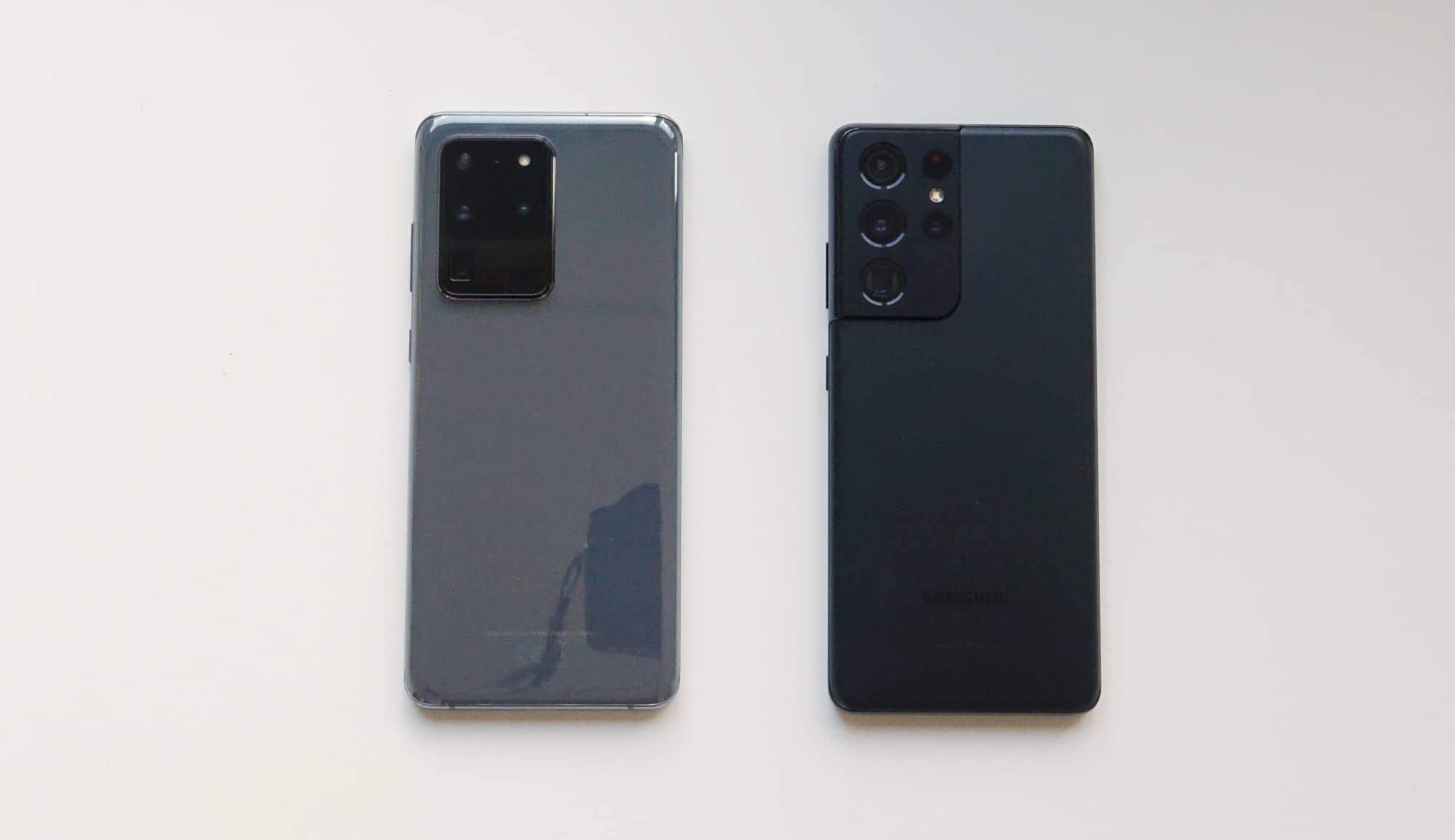
We’d also love to see the S-Pen thrown into the box, because at around the two thousand dollar mark and including support for the technology, it’s just a shame Samsung didn’t just cut the middleman out and include a new variant of the pen. Rather, you’ll either have to fork out extra for one, find an older one (presumably from a Galaxy Note handset or Galaxy Tab tablet), or buy one of the third party models, and we’re not sure how many of those there are as it is.
Staedtler made an S-Pen in the Noris Digital and Lamy has a variation, though we’re genuinely not sure how many others were made, as the S-Pen isn’t just a capacitive stylus, but works with Wacom’s electromagnetic resonance (EMR) technology to connect to pens.
We get that this is technically considered an optional extra, but when the earphones and charger have both been removed from the box, opening it to find you’re also not getting an S-Pen — a feature that helps make the S21 Ultra stand out — well, that kind of stings a little, and seems like a totally missed opportunity for Samsung.
Final thoughts (TLDR)
Despite the obvious missed opportunity that is excluding the S-Pen, the Samsung Galaxy S21 Ultra is a nice and big phone that feels like it’s made to reward long-time Samsung owners.
We’re not sure if there’s going to be a Galaxy Note model this year, but if there isn’t, we get why: the Galaxy S21 Ultra feels like a love letter to Note owners, offering those new features Note owners might long for in the Galaxy S range, but with support for the feature they can’t live without, the stylus and screen.
Samsung owners elsewhere could seriously get into the S21 Ultra, too, as it’s a big Android phone that mostly delivers. And in a year where pretty much nothing has been launched in the flagship category outside of Samsung, that could well be enough of a deal for many.
The Samsung Galaxy S21 Ultra is a great phone that delivers, even if it needs improvements in some areas. A little more battery life and an improved camera, though these things might be touches Samsung could make in software over time.
For now, at the end of March 2021, the Samsung Galaxy S21 Ultra is 2021’s Samsung’s best yet and the best Android phone of 2021 so far, and one that looks to bring some competition to the year. As to whether Samsung’s S21 Ultra 5G can hold on to that position, well for that, only time will tell.



